How to Easily Recognize a Male or Female Spider: Quick Tips Every Pet Parent Should Know
Man, spiders those sneaky little eight-legged wonders that can turn a lazy afternoon in the yard into a full-on detective mission. As the founder and senior editor of Diggity Dog, I’ve lost count of the times I’ve fielded panicked emails from folks wondering if that creepy crawler their dog just stared down was harmless or a real worry. That’s why today’s post on “How to Easily Recognize a Male or Female Spider” hits close to home for us pet lovers. See, nailing spider sex identification isn’t about turning into a bug whisperer overnight; it’s about that quick gut check that keeps your furry sidekick safe during romps in the grass or garage explorations.
Back when I first started Diggity Dog, one of my own dogs, a goofy golden retriever named Max, once pawed at what turned out to be a female spider tucked under the porch steps. Heart-stopping moment? Absolutely. But spotting the differences early on made all the difference. Drawing from chats with backyard naturalists, vet buddies, and the freshest 2025 insights I’ve dug up, let’s break this down in a way that sticks no fancy jargon, just straight talk for keeping your healthy pet out of sticky situations.
Key Takeaways
- Female spiders usually steal the show with their bigger, chunkier builds think powerhouse moms ready to guard their turf.
- Male spiders give themselves away with those quirky, swollen pedipalps up front, like nature’s version of flashy bling.
- Colors and patterns pop differently by species; for instance, that red hourglass screams female black widow, while males go for subtler stripes.
- In everyday pet care, pegging the gender helps you decide if it’s time to shoo it away or call in the pros to protect your pup.
- Bottom line: A little know-how goes a long way toward dodging bites and drama, letting your healthy pet chase squirrels worry-free.
Why Figuring Out Spider Genders Even Matters in the First Place
Look, I get it spiders aren’t exactly what you think of when plotting family game night. But in the grand scheme of pet care, especially if you’ve got a nose-to-the-ground explorer like a beagle or lab, knowing your way around recognize spider gender can be a lifesaver. Female spiders tend to hunker down in webs or corners, packing more venom to fend off intruders (including nosy dogs). Males? They’re the nomads, zipping around on thinner legs, usually less feisty but still worth a glance.
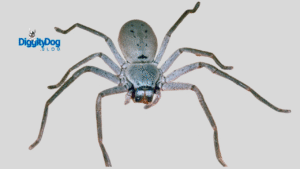
From what I’ve pieced together over coffee-fueled calls with extension office folks this year, it’s all rooted in spider survival smarts. Females bulk up for baby-making duty, males stay lean for the chase. And yeah, in warmer spots like the Southwest, where sightings spike come spring 2025, this trivia turns practical fast. Ever had your pup freeze mid-sniff, eyes locked on a web? That’s when you wish you had the lowdown to ease your mind.
The Telltale Signs: Size, Shape, and Those Weird Little Appendages
Diving right in, the easiest starting point for spider sex identification is eyeballing the basics. Hands down, female spiders are the heavyweights often twice the size of their male counterparts, with abdomens that look like they’ve skipped leg day but crushed core workouts. I mean, picture a plump black marble versus a skinny raisin; that’s the vibe.
Legs tell another story too. Male spiders rock those extra-long, spindly ones, built for covering ground quick like they’re late for a hot date. Females keep it shorter and sturdier, perfect for web-sitting. But if you’re feeling bold (and using a stick or phone zoom, please), flip gently for the money shot: pedipalps. Those are the short feelers right by the fangs. On male spiders, they’re puffed up like little party balloons, a sure sign they’re all grown up and ready to mingle. Females? Flat and forgettable.
Word from a 2025 field guide I flipped through last week: This pedipalp trick works on over 90% of common spiders, from your basement dwellers to garden squatters. No microscope needed just good light and steady hands.
Breaking It Down by Spider Type: The Ones You’ll Actually Spot
Spiders aren’t one-size-fits-all, so let’s zero in on the usual suspects that might photobomb your dog’s daily adventures. I’ll keep it to the biggies, based on reports trickling in from pet forums and state wildlife updates through mid-2025.
Black Widows: Spot the Hourglass Heartbreaker
If there’s a poster child for “proceed with caution,” it’s the black widow spider. The female black widow is your classic villain glossy black, about the size of a pencil eraser, with that blood-red hourglass splashed across her belly like a warning tattoo. She’s the one with the nasty bite that could send a small dog to the vet. Males? Way smaller, kinda dusty brown with zigzag stripes or dots, and their venom’s more of a pinch than a punch. A recent Texas A&M roundup nailed it: Females outnumber males in sightings by 10 to 1, especially in cluttered sheds where dogs love to dig.
Pro tip from my notes: If you’re in the South or West, and that hourglass glints back at you, back away slow. Your healthy pet will thank you.
Jumping Spiders: The Adorable Acrobats
These guys? Total charmers with their big eyes and pouncing antics. For recognize spider gender here, male jumping spiders flaunt brighter stripes or iridescent flashes on their legs think tiny disco balls trying to impress. Their pedipalps are the clincher, all bulgy and bouncy. Females play it cool with muted colors and a rounder profile. I watched a clip from an urban entomology channel last month showing a male mid-courtship dance; hilarious, but it drives home how these traits scream “boy!” from a foot away. Mostly chill around pets, but still, no inviting them to dinner.
Wolf Spiders: The Stealthy Stalkers of the Yard
Ground-level hunters like wolf spiders are all about that earthy camo. Female wolf spiders haul around a fuzzy egg sac on their spinnerets, making them look like they’re wearing a backpack—dead giveaway, plus they’re beefier overall. Male wolf spiders skip the baggage, sporting those telltale swollen pedipalps and sleeker builds for chasing meals (or mates). Fresh off a Florida extension service alert in August 2025, bites from these are rare but sting like a bee; gender spotting helps you prioritize the egg-toting mamas near play areas.
Tying It Back to Real-Life Pet Care Wins
At the end of the day, this isn’t just spider geekery it’s about layering one more shield in your pet care arsenal. I’ve shared these tips with readers whose labs or terriers came home limping from “mystery pokes,” and more often than not, it traced back to a female spider on defense mode. Quick ID means smarter sweeps of the yard, maybe a call to a pest guy, and peace of mind for sunset walks.
Keep it simple: Snap pics if you can, teach “leave it” commands that stick, and remember, most spiders are live-and-let-live types. Your healthy pet deserves those tail-wagging days without the what-ifs.
FAQs
What’s the fastest way to ID a spider’s gender without getting too close?
Size first female spiders are usually the chunky ones. Then zoom in on pedipalps for the boys’ bulbous giveaway. Easy peasy with your phone’s macro mode.
Do all male spiders look dangerous with those swollen pedipalps?
Nah, it’s more like nature’s mating badge. They’re harmless on venomous types too, but always err on caution around your pup.
Can you tell spider genders on the tiny babies running around?
Tough one juveniles blur the lines till they hit puberty. Best to wait or consult a pic ID app for the littles.
How does knowing male vs. female spiders help with my dog’s outdoor fun?
It flags the fiercer female spiders more likely to bite if cornered, so you can clear hotspots and keep adventures bite-free.
Got resources for more spider smarts tailored to pet owners?
Hit up your local co-op extension or poke around Diggity Dog archives we’re all about that practical pet safety vibe.
References
- Museums Victoria: Spotting Spider Sexes in the Wild (Updated Sept 2025)
- Sciencing: Male vs. Female Spider Showdown (Refreshed 2025 Edition)
- Reddit r/whatsthisbug: Threads on Gender ID (Active through Sept 2025)
- Sacred Spiderlings Blog: Jumping Spider Genders Unpacked (June 2025)
- Facebook Arachnid Enthusiasts Group: Quick Gender Tips (July 2025 Posts)
- Mike Powell Nature Shots: Garden Spider Mates (Ongoing 2025)
- Quora: Spider Boy or Girl? (Fresh Answers as of Sept 2025)
- Poramor Art Tutorials: Sexing Jumpers (2025 Guide)
- UF/IFAS Extension: Wolf Spider Differences (Verified Sept 2025)
- YouTube Entomology Channel: Male or Female? Spider Edition (March 2025)
- A-Z Animals: Black Widow Breakdown (Oct 2024, 2025 Update)
- Nat Geo Kids: Widow Weirdness (2025 Refresh)



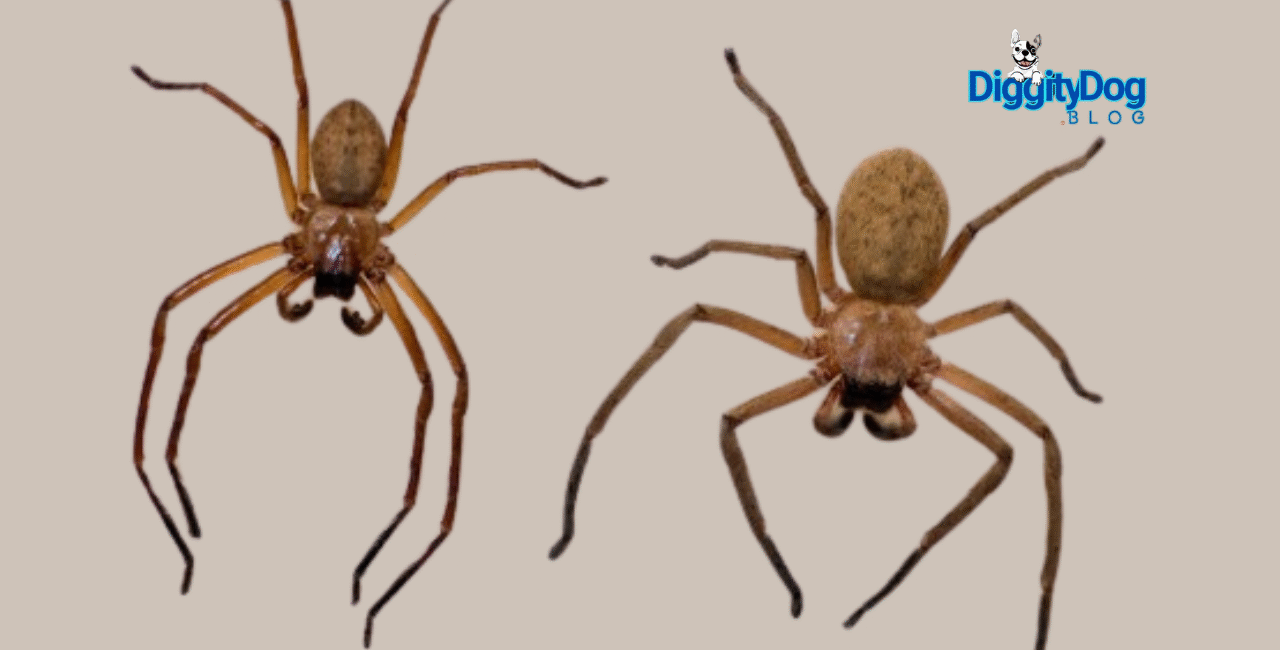


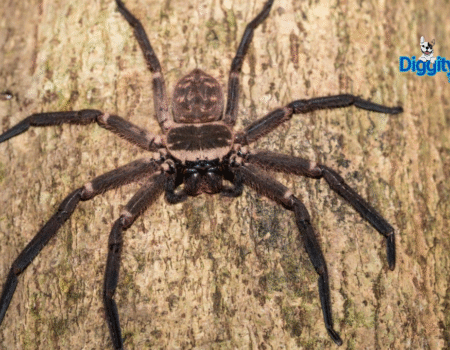
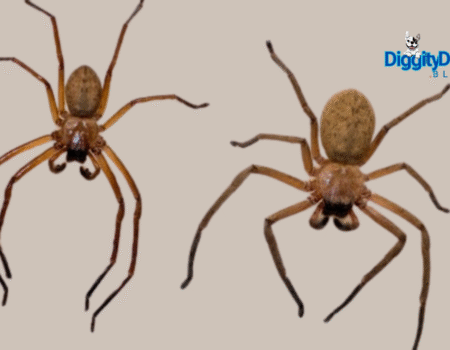

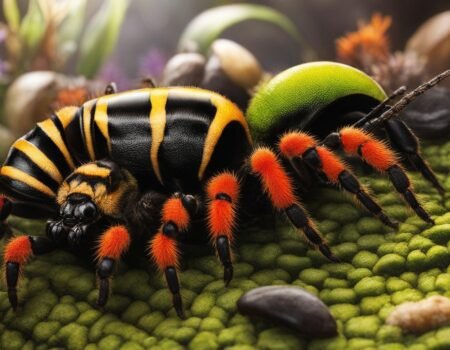
No Comment! Be the first one.